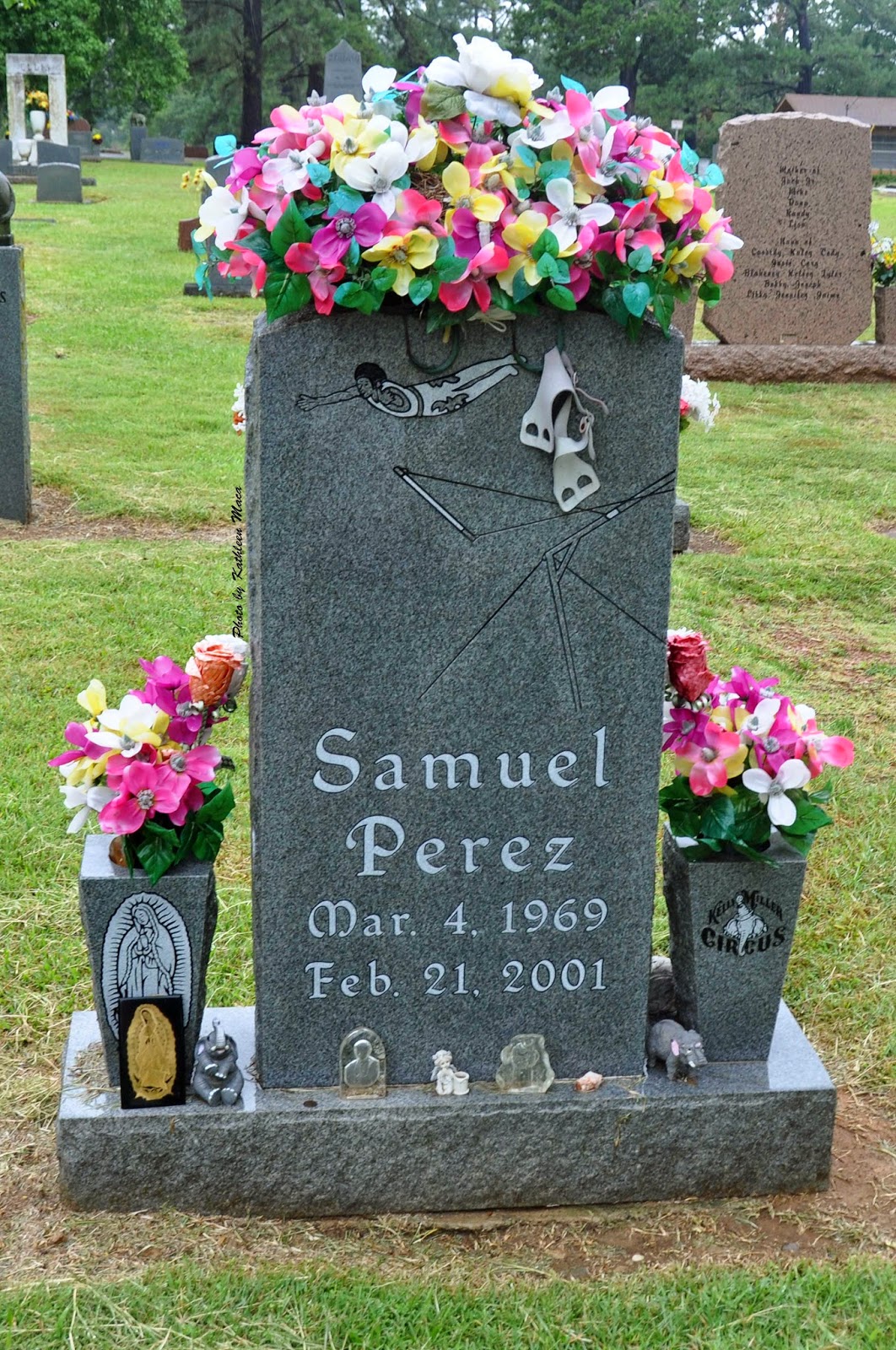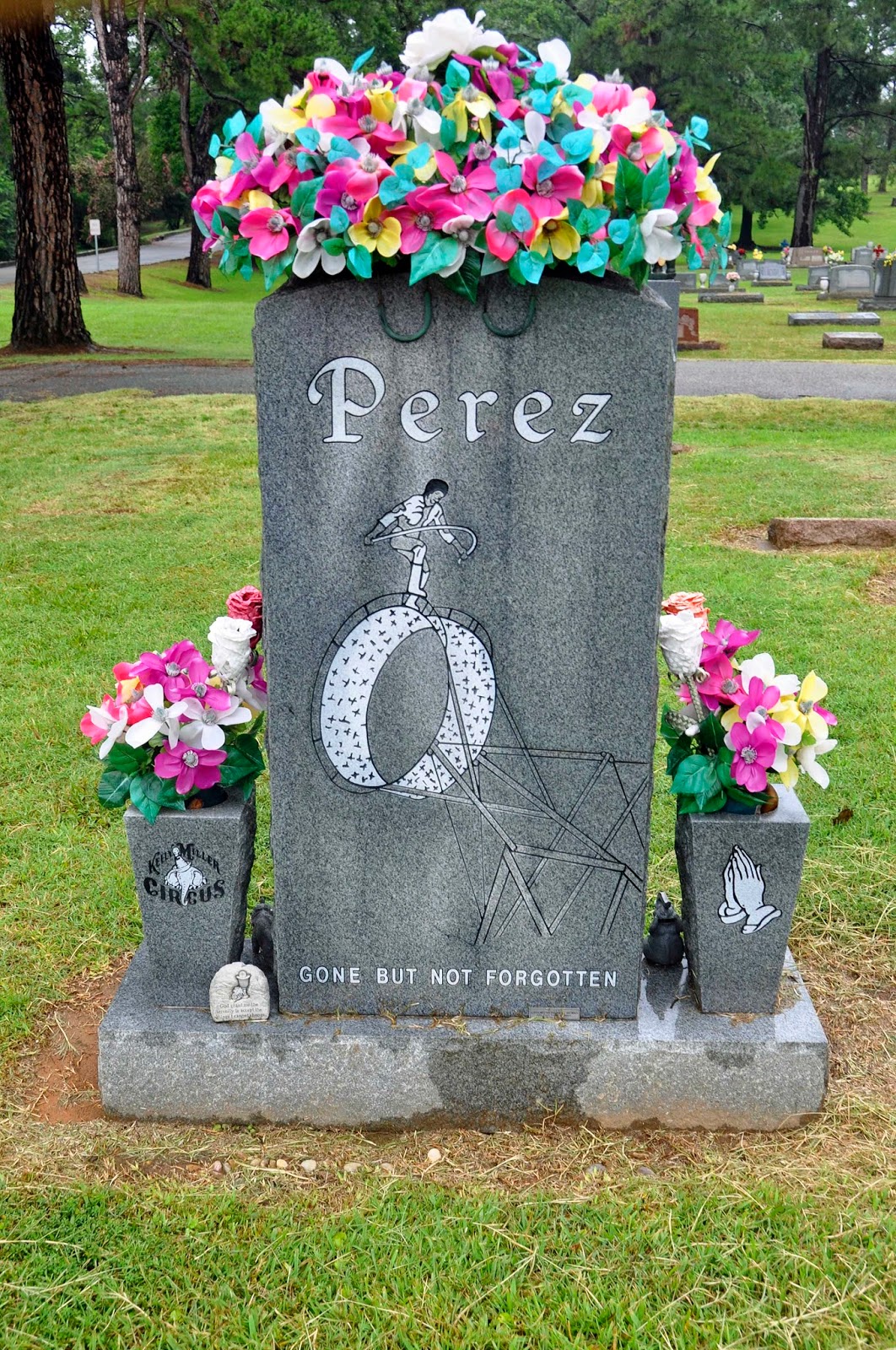Standing in the Old Catholic Cemetery on Broadway in Galveston is the lovely white tombstone of Jeremiah Buckley, who was born across the ocean.
An immigrant from Larka, County Cork, Ireland, Buckley was a resourceful merchant whose obituary tells the story of a respected man who worked hard for his success.
Galveston Daily News, March 13, 1881, page 4
Death of Jeremiah Buckley
 "On March 1, 1881, at Fort Bend. In this State, Jeremiah Buckley breathed his last, aged fifty-five years. He was born in Cork, Ireland, in the year 1826 and came to the United States in 1849. After a residence of five years in Mobile, Alabama he removed to Galveston, were he laid the basis for a career of prosperity, which was only checked by the war of the States. Prior to its breaking out, Mr. Buckley had sailed for Europe to lay in a stock of foreign goods, suitable for the Southern market, intending on his return to supplement this stock with selections from Northern and Eastern marts of trade. But the cloud of war, at first no bigger than a man’s hand, spread over the whole country; ports were blockaded; commerce crushed; and Mr. Buckley’s assets were buried in the general ruin.
"On March 1, 1881, at Fort Bend. In this State, Jeremiah Buckley breathed his last, aged fifty-five years. He was born in Cork, Ireland, in the year 1826 and came to the United States in 1849. After a residence of five years in Mobile, Alabama he removed to Galveston, were he laid the basis for a career of prosperity, which was only checked by the war of the States. Prior to its breaking out, Mr. Buckley had sailed for Europe to lay in a stock of foreign goods, suitable for the Southern market, intending on his return to supplement this stock with selections from Northern and Eastern marts of trade. But the cloud of war, at first no bigger than a man’s hand, spread over the whole country; ports were blockaded; commerce crushed; and Mr. Buckley’s assets were buried in the general ruin. It's a thoughtfully written, beautiful obituary.
I haven't found the name of his widow, and with no children I wonder how long his name was remembered in the community. At least his beautiful marker certainly keeps his name alive to whomever wanders the rows of the Broadway cemeteries.



















































